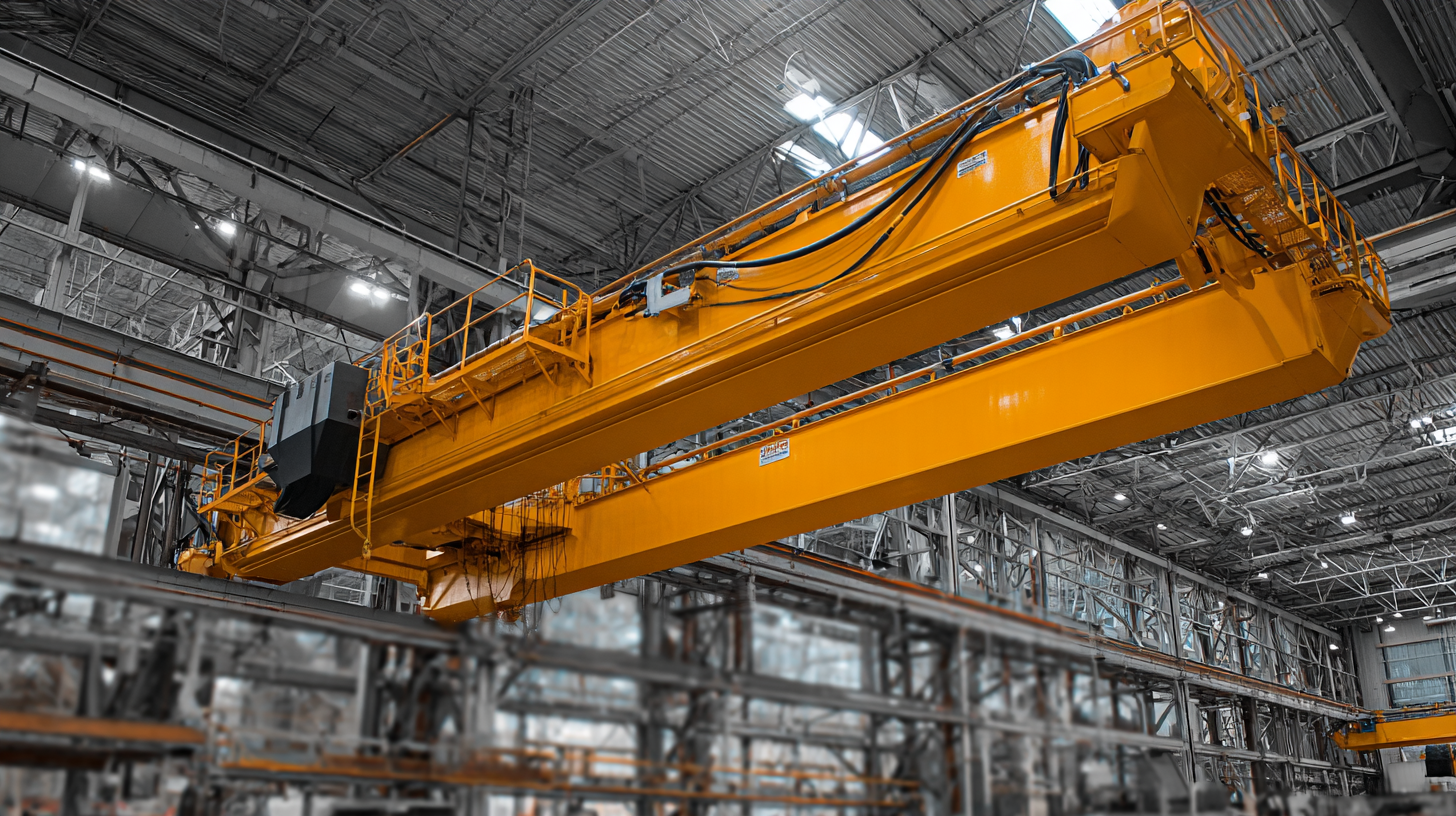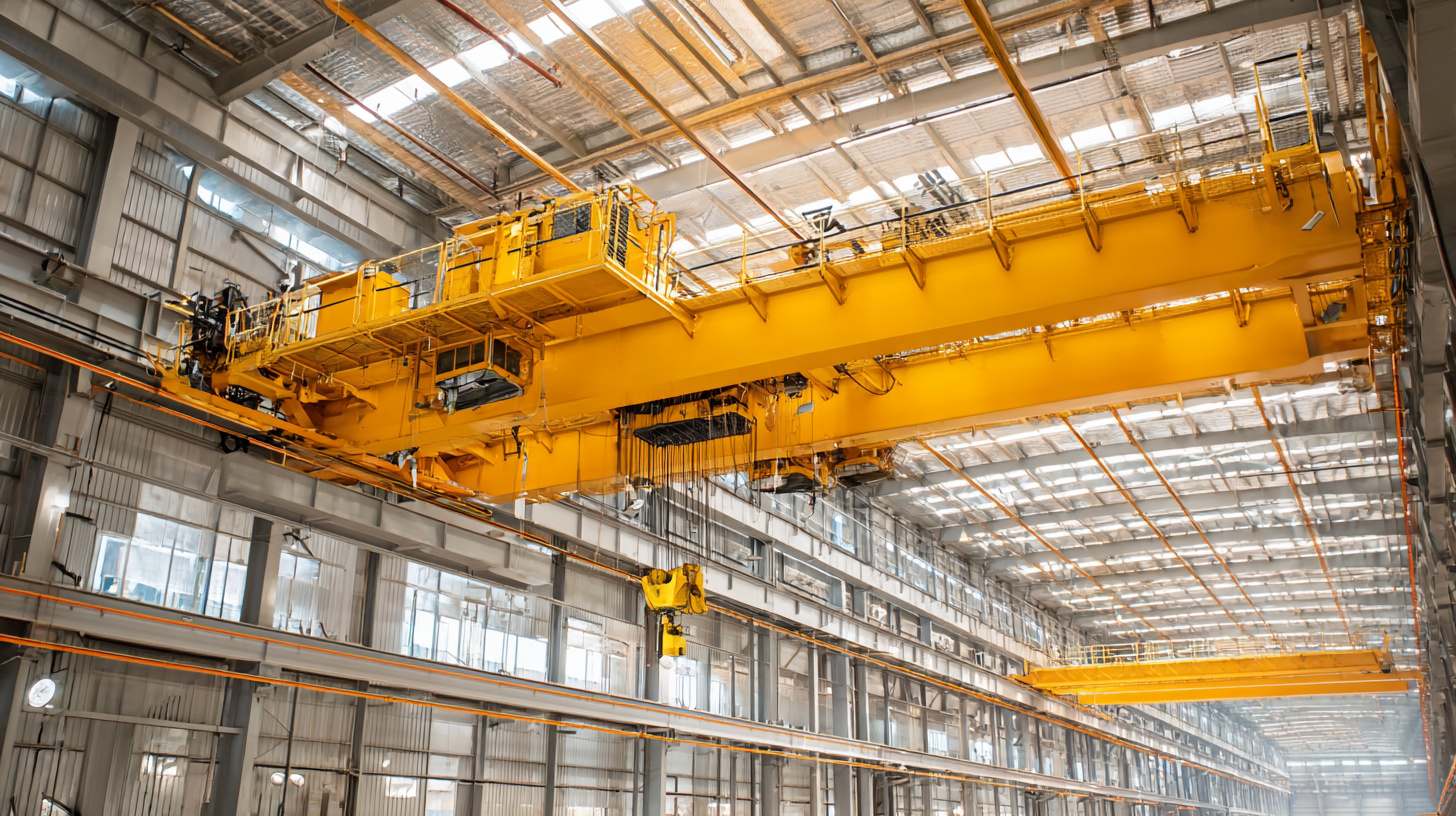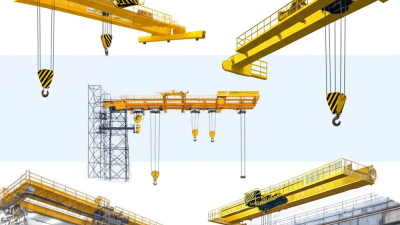Inquiry
Form loading...
-
Phone
-
Wechat

-
Whatsapp

In today's fast-paced industrial landscape, maximizing operational efficiency is paramount for competitiveness and profitability. Indoor cranes play a pivotal role in this endeavor, especially as studies suggest that material handling accounts for up to 30% of total production costs in many manufacturing settings. The efficient use of indoor cranes can lead to a remarkable improvement in productivity, with reports indicating that optimized crane operations can enhance workflow efficiency by as much as 25%. This blog will explore seven essential tips for harnessing the full potential of indoor cranes, ensuring that your operations not only meet but exceed industry standards. By implementing these strategies, you will be well-equipped to streamline processes, reduce downtime, and ultimately drive greater economic value within your facility.

Understanding your indoor crane system is crucial for optimizing performance and efficiency in your operations. To start, familiarize yourself with the different components of your crane, such as the hoist, trolley, and controls. Knowing how each part operates allows you to identify potential issues before they escalate, ensuring smooth operations. Regular maintenance checks are essential; this not only prolongs the life of your crane but also minimizes downtime.
Another critical aspect is operator training. Make sure your team is well-trained in the specific nuances of your indoor crane system. Proper training helps in reducing accidents and enhancing productivity. Encourage your operators to share insights and experiences to foster a culture of learning and safety within your team.
Implementing a monitoring system to track crane performance can also significantly enhance efficiency. This allows for real-time assessment of operational data, helping you make informed decisions based on performance trends. By utilizing these tips, you can effectively increase productivity and achieve that desired operational boost of 25%.
Regular maintenance practices are key to ensuring the longevity and efficiency of indoor cranes. By implementing a structured maintenance schedule, businesses can significantly enhance operational performance. This includes routine inspections, lubrication of moving parts, and prompt repairs of any identified issues. Such proactive measures not only extend the lifespan of the cranes but also contribute to a smoother workflow, which can increase overall productivity by as much as 25%.
Advancements in technology, particularly artificial intelligence and machine learning, are revolutionizing crane operations. By utilizing smart vision systems, operators can foresee potential maintenance needs through predictive analytics. This allows for timely interventions before equipment failure occurs. Moreover, integrating these technologies within Industry 4.0 frameworks facilitates equipment automation and modernization, streamlining overhead crane operations and optimizing performance. Embracing these innovations while maintaining regular upkeep will create a robust operating environment, driving efficiency and safety in construction and manufacturing sectors.
This chart displays the efficiency improvement percentages attributed to regular maintenance practices and optimal operation strategies for indoor cranes. The data shows how various practices contribute to boosting operational efficiency.
An efficient workplace layout is crucial for optimizing the performance of indoor cranes and enhancing overall operations. A thoughtfully organized space not only reduces the time spent navigating around obstacles but also minimizes the risk of accidents. Start by mapping out key areas where cranes are frequently utilized, including loading docks, machinery zones, and storage spaces. This allows for the strategic placement of equipment and materials, ensuring that cranes can operate without interruptions and with maximum productivity.
In addition to layout, implementing a systematic organization of tools and materials significantly contributes to streamlined crane operations. Utilizing clear signage, color-coded zones, and designated storage for tools can help operators quickly locate what they need, reducing downtime. Regular audits of the workspace can also identify potential hazards or inefficiencies, allowing for timely adjustments. By prioritizing a clean and organized environment, businesses can foster a culture of safety and efficiency, ultimately positioning themselves for improved performance and increased output.

Training your team effectively is crucial for maximizing efficiency in crane operations. Recent advancements in training methods, including the implementation of simulators and virtual reality (VR), have proven to enhance safety and operational skills significantly. For instance, a systematic review showed that VR training can effectively improve safety awareness and operational competence among workers, leading to a more skilled and safety-conscious workforce. This aligns with industry reports highlighting that companies investing in thorough training programs can see operational boosts of up to 30%, underscoring the necessity of ongoing education and practice in crane operation.

To optimize crane use, consider these essential tips: First, ensure that all operators complete comprehensive training courses, including practical experience with simulators, which can prepare them for real-life scenarios. Second, regularly conduct safety drills to reinforce best practices and ensure that all team members are well-versed in emergency protocols. Lastly, foster a culture of communication where team members feel empowered to speak up about safety concerns, further enhancing the safe and efficient operation of cranes. Implementing these strategies can lead to a measurable improvement in efficiency and safety standards within your operations.
In today's fast-paced industrial landscape, maximizing efficiency with indoor cranes is crucial for boosting operational productivity. One of the most effective ways to achieve this is through the integration of advanced technology, particularly automation and monitoring systems. Automated cranes can operate continuously, reducing downtime and human error. These systems can be programmed to handle repetitive tasks, freeing up operators to focus on more complex operations. By implementing automation, businesses can not only enhance their throughput but also lower labor costs and improve safety.
Monitoring technology plays a pivotal role in maximizing crane efficiency. Real-time data tracking allows operations managers to identify and address inefficiencies promptly. By utilizing sensors and IoT devices, companies can gain insights into the performance of their cranes—such as load capacity, speed, and maintenance needs. This data-driven approach facilitates predictive maintenance, ensuring that cranes are kept in optimal working condition and minimizing unexpected breakdowns. Overall, the combination of automation and real-time monitoring can significantly elevate the effectiveness of indoor crane operations, leading to considerable gains in productivity and efficiency.






